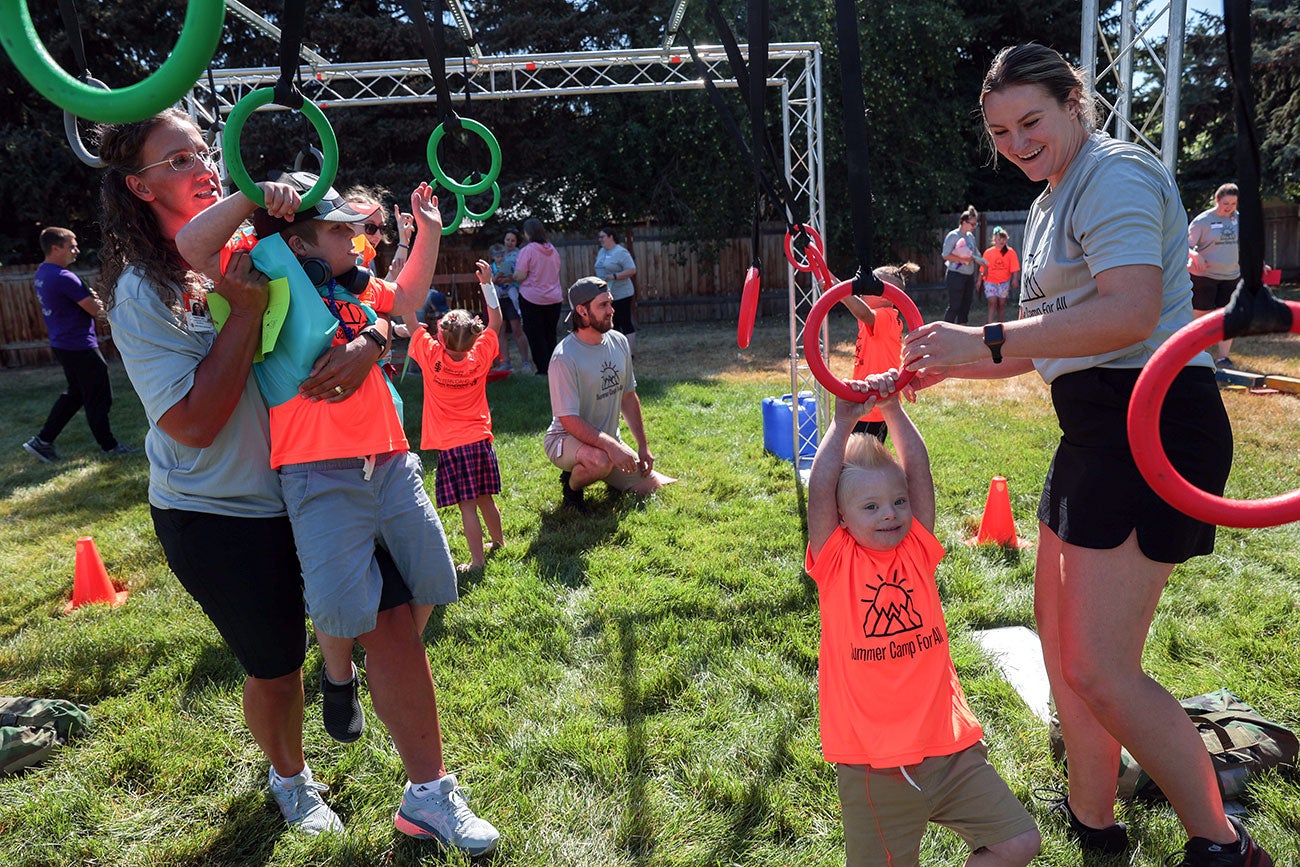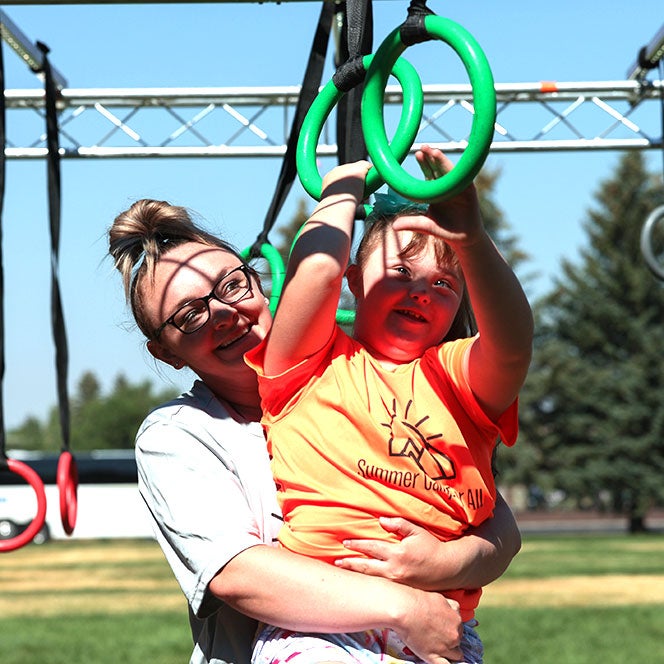
Two Idaho universities have joined forces to help address a statewide shortage of occupational therapy professionals. The agreement will guarantee two spaces in Idaho State University’s master of occupational therapy program to top, qualifying Boise State bachelor’s graduates.
“The health care workforce needs in the state of Idaho are well known,” Idaho State Associate Vice President Chris Owens said. “If we can create these kinds of pathways and partnerships, we can ensure that more Idahoans are able to matriculate into these graduate and professional programs.”
Owens jointly oversees Idaho States’s College of Health and College of Pharmacy within the Kasiska Division of Health Sciences. The new agreement means at least two Boise State graduates will take part in the occupational therapy program from either the Meridian Idaho State location or the university’s classrooms in Pocatello. This model mirrors a similar, larger opportunity in Idaho State’s College of Pharmacy, which launched last year. Pharmacy program completion at Idaho State University results in a professional degree but does not require a bachelor’s in the field as the prerequisite.
Additional agreements, and with additional institutions, also are in varying stages of preparation and execution.
“These partnerships are critical to our healthcare system here in Idaho and we are thrilled to be able to partner with Idaho State to help fill the gaps in the healthcare worker shortage,” Joelle Powers, dean of Boise State’s College of Health Sciences, said. “Our goal at Boise State is to cultivate students who foster a love of helping others and a desire to care for the people who live here.”
“We are very interested in Idaho applicants coming into our programs,” Owens said. “It’s just about getting the word out to all the potential applicants out there. We are delighted to work with other Idaho institutions to create and promote these pathways.”

Amanda Henscheid, an assistant professor in the Department of Occupational Therapy at Idaho State, helped launch the occupational therapy program in the Meridian location, and serves on the admissions committee advising students, Broncos and otherwise, hoping to enter the program. Opening the pipeline for interested, potential occupational therapists — who work in clinics, hospitals, work and school settings on everything from teaching a child how to use crutches, to supporting an adult with breathing following pneumonia — is critical to making sure everyone in the state gets these often-needed care services, she said.
“That is the impetus for all of the changes we have made,” she said.
The agreement is also another way to start conversations early with prospective students about the wide range of options available in health care professions.
“These kinds of agreements lay out the needed course sequence and provide support for students along the way, so that they can very efficiently make their way through,” Owens said.
The new agreement with Boise State will be in place for those applying in 2025 to start in the fall of 2025, but Henscheid is already hearing enthusiasm for the plan.
“The program has been growing, and I think it’s going to be a really popular option,” she said.

Such agreements, Henscheid observed, are “a chance for us to cultivate relationships, not just with students, but among educational institutions and with the community. We’re all so interconnected. We all want to be good partners, working together to accomplish our goals.”
Catie Canavan, clinical assistant professor and chair of Idaho State’s Department of Occupational Therapy and program director for the master’s of occupational therapy program said the program is helping fill the huge demand for clinicians in the state.
“We are a state that is growing very quickly. It’s adults, and not just older adults, but we also have to think about the pediatric population,” she said. “And you can find an occupational therapist just about anywhere. We’re excited that Boise State has embraced this and is moving forward with us.”